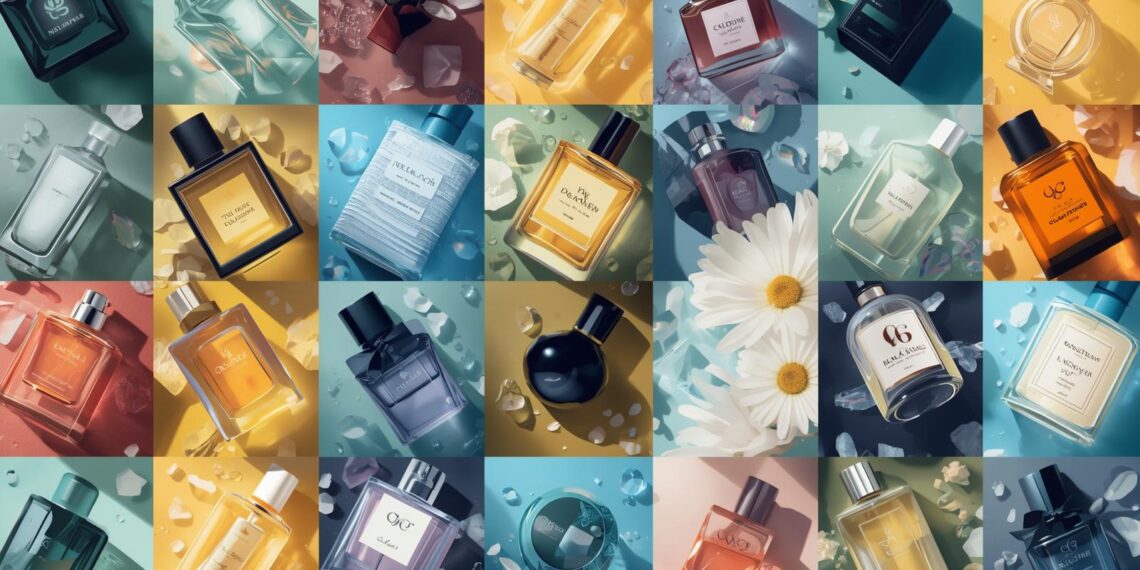In the intricate world of fragrances, understanding the nuances between perfume, cologne, and eau de toilette can be both enlightening and essential. These categories, often misunderstood as mere marketing terms, actually represent significant differences in composition, concentration, and usage. As we delve into the world of fragrance families, we aim to demystify these terms and explore their implications for both personal identity and broader wellness trends.
Fragrance has been an integral part of human culture for centuries. From ancient rituals to modern fashion statements, scents play a pivotal role in how we express ourselves and perceive the world. A fragrance is more than just a pleasant aroma—it’s a complex blend of notes that can evoke memories, influence moods, and even define one’s personal style.
Every fragrance is composed of three layers of notes: top, middle (heart), and base. These layers work in harmony to create a unique olfactory experience. The top notes are the initial impression, often fresh and light, setting the stage for the heart notes, which embody the core essence of the scent. Finally, the base notes add depth and longevity, anchoring the fragrance on the skin.
The primary distinction between perfume, cologne, and eau de toilette lies in their concentration of aromatic compounds. This concentration affects not only the intensity but also the longevity of the scent.
Perfume, or parfum, boasts the highest concentration of fragrance oils, typically ranging from 20% to 30%. This high concentration ensures a long-lasting scent, often lingering on the skin for up to 24 hours. The richness of perfume makes it a luxurious choice, ideal for special occasions or when a lasting impression is desired.
Cologne, or eau de cologne, is much lighter, with a concentration of about 2% to 4%. Its refreshing and subtle nature makes it suitable for everyday use, especially in warmer climates or for those who prefer a less intrusive scent. Despite its lower intensity, cologne offers a crisp and invigorating fragrance experience.
Eau de toilette strikes a balance between perfume and cologne, with a fragrance concentration of approximately 5% to 15%. Its moderate strength makes it versatile for both day and night wear. Eau de toilette is a popular choice for those seeking a noticeable yet not overpowering scent.
The choice between perfume, cologne, and eau de toilette extends beyond personal preference; it reflects broader cultural and economic trends in the wellness industry. As consumers become more discerning, there is a growing demand for fragrances that align with lifestyle values and personal identities.
In today’s world, fragrances are more than just a finishing touch—they are a statement of identity. A carefully chosen scent can convey personality traits, enhance self-esteem, and even influence social interactions. As individuals become more attuned to the power of scent, the demand for personalized and unique fragrance experiences continues to rise.

The fragrance market is witnessing a dynamic shift, driven by consumer preferences for authenticity and sustainability. Wellness product developers are increasingly focusing on clean, eco-friendly formulations and transparent sourcing. This trend aligns with the broader wellness movement, which emphasizes holistic well-being and ethical consumption.
Understanding the differences between fragrance types can enhance both personal well-being and professional endeavors in the wellness industry. Here’s how:
Product developers can leverage these insights to create innovative, trend-aligned fragrances that resonate with consumers. By focusing on sustainable ingredients and personalized experiences, developers can cater to the evolving demands of the wellness market.
Editors can craft compelling narratives that highlight the intersection of fragrance, identity, and wellness. By showcasing the cultural significance and emotional impact of scents, magazines can engage readers and reflect the latest consumer trends.
Coaches can incorporate fragrance into their practice as a tool for enhancing mood, reducing stress, and supporting personal growth. By understanding the broader implications of fragrance choices, coaches can offer clients tailored strategies that align with their lifestyle goals.
Navigating the world of fragrances—whether perfume, cologne, or eau de toilette—opens up a realm of possibilities for self-expression and wellness. By understanding the nuanced differences and cultural significance of these scent categories, individuals and industry professionals alike can make informed choices that enhance both personal and professional pursuits. As the fragrance landscape continues to evolve, staying attuned to these trends will ensure that your scent remains a timeless and integral part of your identity.
In essence, the choice of fragrance is not just about smelling good—it’s about embracing a lifestyle, making a statement, and connecting with the world around you in a meaningful way.




